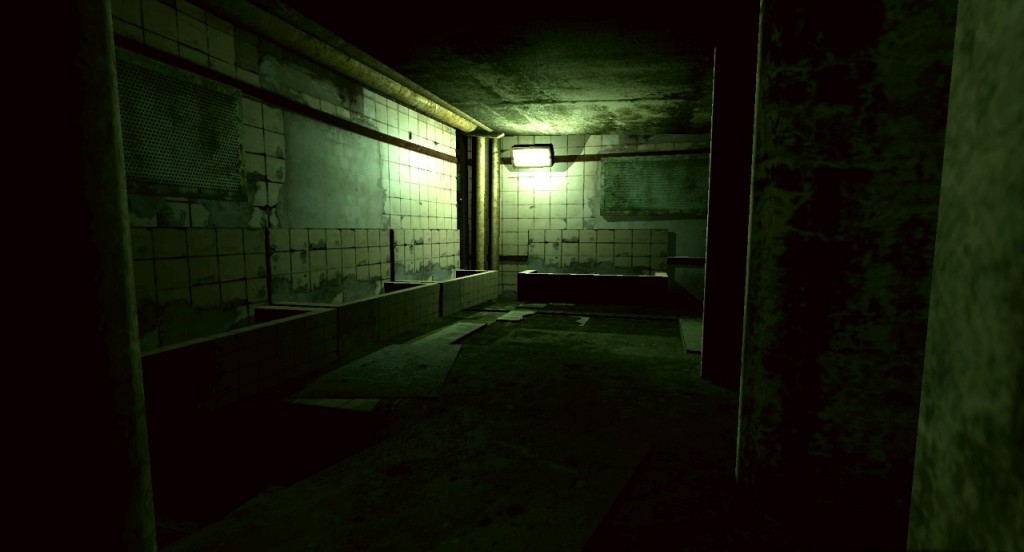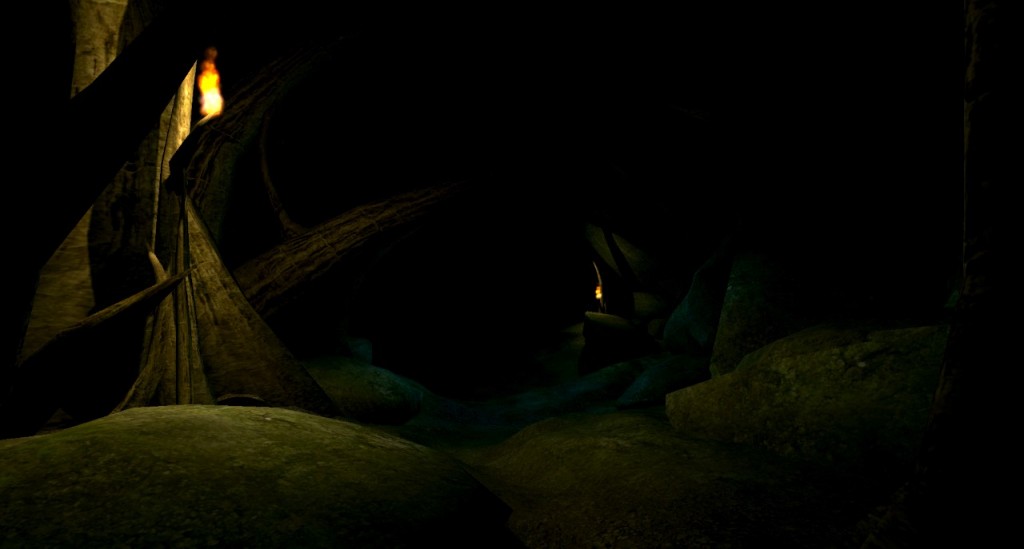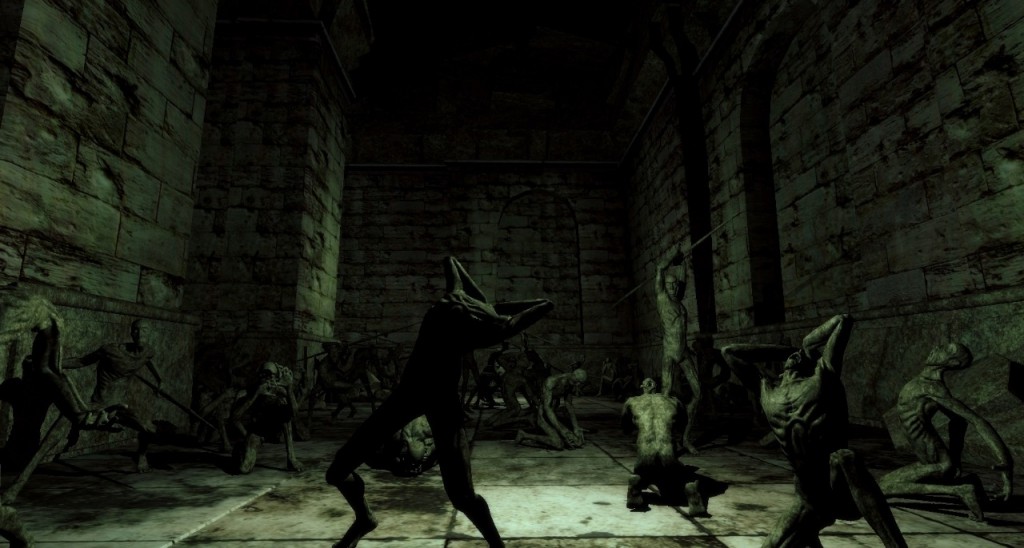The current explosion of indie games has had two interesting effects, the entry to the market of developers from emerging markets like Latin America; and the dominance by the indie developers of the horror genre in a time where AAA developers seem to be floundering in their attempts, or moving away from the genre altogether. The new indie friendly climate and the acceptance customers seem to have for episodic content means it is a lot easier for a developer to start up, as they can use the episodic format to get some crucial cash flow while delivering the rest of the game. This approach, however, is not without its risk. Consumers risk playing a game and becoming invested, and having an ending or later episodes that are not up to par with the first episode. Developers risk loss of customers and revenue in later installments if their customers are not impressed by their product. Perhaps no game illustrates how risky this truly is like Doorways, an episodic horror game by Argentine developer Saibot Studios.
In Doorways you are special agent Thomas Foster, an investigator tasked with hunting down four psychopaths. To do so, you are transported to their consciousness, where you must experience their psychosis in order to figure them out, and trap them. The narrative has problems. The game loves to tell rather than show. It does this through notes found at certain points in the game that reveal Thomas’ thoughts and feelings. It is a bit strange but not too bad, and it is well acted enough, but Thomas has no reaction outside of these notes. He claims to be terrified, or to feel his soul being tainted, but there is no indication of this outside of him telling us.
The game claims that part of the mystery is figuring out how you got there, and what would happen to the psychopaths that you were following, but there isn’t a lot of development on these themes during the first two chapters. In fact, the bulk of the action is spent solving puzzles to advance further into the consciousness of your targets. The narrative justification for these are different for each psychopath, and are interesting enough, but the puzzles aren’t really anything innovative. They have memorization, some relic hunting, and a few jumping sections, but nothing that should take more than a few minutes to clear. The game doesn’t really take advantage of the fertility of its premise where the puzzles are concerned, opting instead to use it to justify the jumping sections.
By far the biggest problem Doorways has, though, is its introductory section. You start Chapter one in a dark forest, illuminated only by the occasional lantern. The game teaches you how to play well enough, and you are quickly given a torch. At this point Thomas warns you that the darkness would overtake him should he find himself engulfed by it. You obtain a torch and make your way through the darkness. You quickly find out that the torch doesn’t last long, and when you are left in the darkness, you are killed by apparitions as you would in the old Zork games. This makes for tense game play for a while, but it goes way too long, and is interrupted by the platforming sections mentioned above, and it quickly becomes repetitive and boring. I would not blame any player for dropping the game here and not returning to play the rest.
Once the player finishes suffering through the game’s initial chapter things improve quite a bit. The last area of chapter 1 is a great example of atmosphere. Everything from the surroundings, the music, and the subject matter are genuinely unnerving, keeping the player on edge, and even having a couple of terrifying moments. It feels almost as if they intended that section to be the whole chapter and added the areas preceding it later, after realizing it was too short.
The second chapter is much better. The level design and puzzles are more immediately evident to the personality of the psychopath that you are following. The atmosphere, while not as intense as the last moments of the chapter one, are much better than in most of the previous chapter. The game also makes much better use of its premise for its set pieces and game play. There are some very interesting bits that are, if not scary, at least intriguing, and it culminates with a nice climax that wraps the things up in a very satisfying way. The use of the target’s personality, a famous sculptor, is used to great effect. The level has been clearly lovingly crafted, with a better layout, and a more impressive architecture.
Doorways currently has two of a total of four planned chapters available for purchase, and my experience with chapters one and two did intrigue me enough to give chapter three and four a chance when they are released. There is definitely the potential for a great game, the marked improvement between one chapter and the next makes me hopeful that there could be something interesting and creative in the next installments. It is certainly a premise that has the potential to deliver a unique experience, though Saibot Studios hasn’t always taken advantage of this. Great potential is ultimately not enough to make a firm recommendation, especially taking into account how slowly the game starts, and one wonders how many players who would have enjoyed the later part of the game will be lost the seemingly endless hiking in the woods. Saibot Studios may have taken a big risk going for an episodic model with the quality of their first chapter, and in the end it is hard to recommend this to anyone but the staunchest horror fan.








